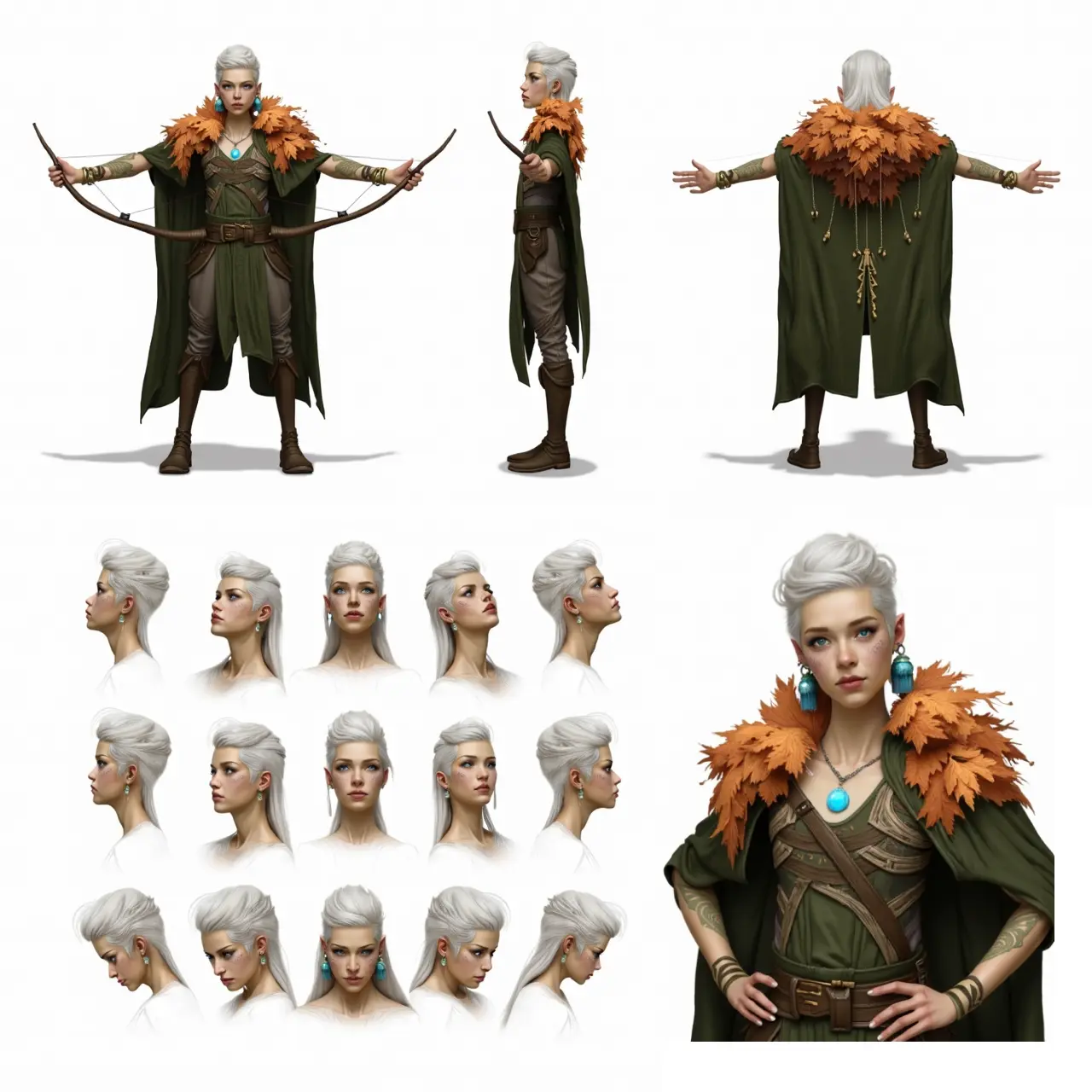ComfyUI Node: KSampler (cacheable)
KSamplerCacheable
Categorysampling
komojini (Account age: 868days) Extension
komojini-comfyui-nodes Latest Updated
2024-05-22 Github Stars
0.07K
How to Install komojini-comfyui-nodes
Install this extension via the ComfyUI Manager by searching for komojini-comfyui-nodes- 1. Click the Manager button in the main menu
- 2. Select Custom Nodes Manager button
- 3. Enter komojini-comfyui-nodes in the search bar
Visit ComfyUI Online for ready-to-use ComfyUI environment
- Free trial available
- 16GB VRAM to 80GB VRAM GPU machines
- 400+ preloaded models/nodes
- Freedom to upload custom models/nodes
- 200+ ready-to-run workflows
- 100% private workspace with up to 200GB storage
- Dedicated Support
KSampler (cacheable) Description
Enhances AI art sampling efficiency through caching for faster workflow and optimized performance.
KSampler (cacheable):
KSamplerCacheable is a specialized node designed to enhance the efficiency of the sampling process in AI art generation by leveraging caching mechanisms. This node extends the functionality of the standard KSampler by incorporating a caching layer that stores previously computed results, thereby reducing redundant computations and speeding up the overall workflow. The primary benefit of KSamplerCacheable is its ability to recall and reuse results from similar input parameters, which can significantly optimize performance, especially in iterative or repetitive tasks. This node is particularly useful for artists who frequently experiment with different configurations, as it minimizes the time spent on reprocessing unchanged inputs.
KSampler (cacheable) Input Parameters:
model
The model parameter specifies the AI model to be used for sampling. This is a required parameter and typically refers to the pre-trained model that will generate the art. The model parameter ensures that the correct neural network is utilized for the task.
seed
The seed parameter is an integer value used to initialize the random number generator, ensuring reproducibility of results. It has a default value of 0, with a minimum of 0 and a maximum of 0xffffffffffffffff. By setting the seed, you can achieve consistent outputs for the same input parameters.
steps
The steps parameter defines the number of sampling steps to be performed. It has a default value of 20, with a minimum of 1 and a maximum of 10000. Increasing the number of steps generally improves the quality of the generated image but also increases computation time.
cfg
The cfg (Classifier-Free Guidance) parameter is a float value that controls the strength of the guidance during sampling. It has a default value of 8.0, with a range from 0.0 to 100.0, adjustable in steps of 0.1 and rounded to 0.01. Higher values typically result in more pronounced features in the generated image.
sampler_name
The sampler_name parameter specifies the sampling algorithm to be used. It is selected from a predefined list of samplers available in the comfy.samplers.KSampler module. Different samplers can produce varying artistic effects and qualities.
scheduler
The scheduler parameter determines the scheduling strategy for the sampling process. It is chosen from a set of predefined schedulers in the comfy.samplers.KSampler module. The scheduler affects how the sampling steps are distributed over the process.
positive
The positive parameter is a conditioning input that guides the model towards desired features in the generated image. It typically contains information or constraints that positively influence the output.
negative
The negative parameter is a conditioning input that guides the model away from undesired features in the generated image. It helps in refining the output by specifying what should be avoided.
latent_image
The latent_image parameter represents the latent space representation of the image to be sampled. This is a crucial input as it serves as the starting point for the sampling process.
denoise
The denoise parameter is a float value that controls the amount of noise reduction applied during sampling. It has a default value of 1.0, with a range from 0.0 to 1.0, adjustable in steps of 0.01. Lower values retain more noise, which can be useful for certain artistic effects.
KSampler (cacheable) Output Parameters:
LATENT
The LATENT output parameter represents the latent space representation of the generated image after the sampling process. This output is crucial as it can be further processed or converted into a final image. The latent representation encapsulates the learned features and artistic elements produced by the model.
KSampler (cacheable) Usage Tips:
- To maximize performance, try to reuse input parameters that have been previously processed, as the caching mechanism will speed up the sampling process.
- Experiment with different
cfgvalues to find the optimal balance between guidance strength and artistic quality. - Use the
seedparameter to ensure reproducibility of your results, especially when fine-tuning your configurations.
KSampler (cacheable) Common Errors and Solutions:
"Cache size exceeded"
- Explanation: This error occurs when the number of cached items exceeds the maximum cache size.
- Solution: Increase the
CACHE_MAX_SIZEvalue if possible, or optimize your workflow to reduce the number of unique input parameter sets.
"Invalid model parameter"
- Explanation: The specified model is not recognized or is incompatible with the node.
- Solution: Ensure that you are using a valid and compatible model for the sampling process.
"Parameter out of range"
- Explanation: One or more input parameters are outside their allowed range.
- Solution: Verify that all input parameters are within their specified ranges and adjust them accordingly.
KSampler (cacheable) Related Nodes
RunComfy is the premier ComfyUI platform, offering ComfyUI online environment and services, along with ComfyUI workflows featuring stunning visuals. RunComfy also provides AI Playground, enabling artists to harness the latest AI tools to create incredible art.


